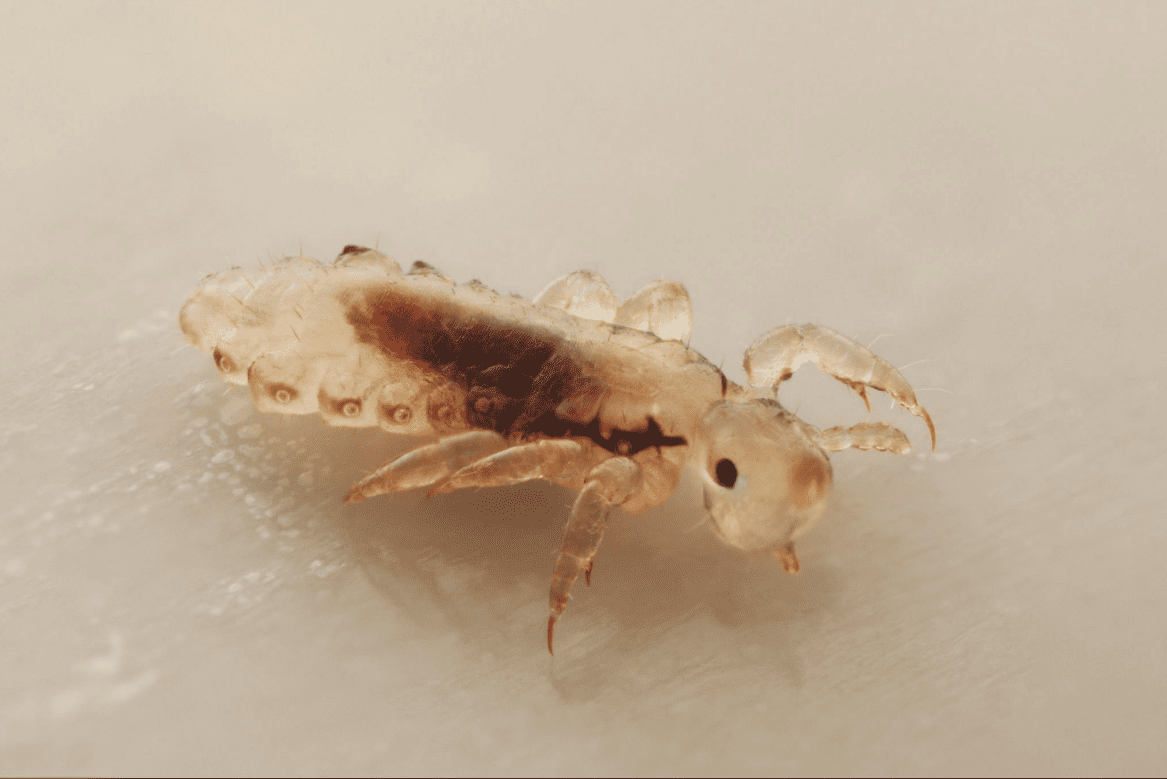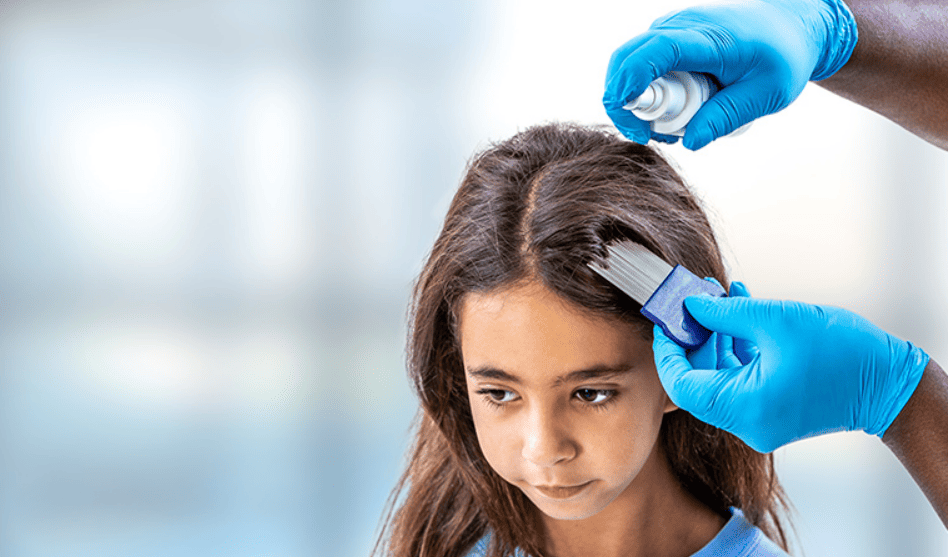The Head Lice Information Center provides clear, research-based information about head lice. It explains how infestations occur, the science behind different treatments, and safe prevention methods. The purpose is to support public understanding and promote responsible, evidence-based management practices.
Understanding and Managing Head Lice
The American Head Lice Information Center shares factual information about head lice. It explains how lice live, spread, and can be managed effectively. The goal is to help families make informed decisions about treatment and prevention.
The Olive Oil Protocol
Researchers first discussed the olive oil method as a safer alternative to pesticide treatments for children. Entomologists and public health experts explored whether olive oil could suffocate lice. Tests at the Harvard School of Public Health showed that lice stopped moving after several minutes of full submersion in olive oil. However, the tests did not confirm any effect on eggs, also known as nits.
Later, families in the United States helped refine this approach. Parents applied olive oil under the guidance of professionals and recorded consistent results. This testing produced a five-step plan that families could use at home. The plan worked best when combined with careful nit combing.
Pesticide Resistance and Safety Considerations
Many lice treatments contain ingredients such as permethrin or pyrethrin. Over time, lice have developed resistance to these chemicals, making them less effective. Chemical-based products can also cause skin irritation or allergic reactions if used incorrectly.
Some prescription treatments, including those with malathion or lindane, require extra caution because of toxicity concerns. Families should always consult a healthcare professional before using any chemical treatment. By doing so, they reduce the risk of side effects and ensure proper application.
Manual Removal and Nit Combing
Combing remains one of the most important steps in managing lice infestations. Metal fine-tooth combs can help remove lice and eggs effectively. When used together with olive oil, the combing process becomes easier because the oil immobilizes the insects.
Still, complete removal requires patience and repetition. Parents or caregivers who follow a consistent routine usually achieve the best results. Combining mechanical removal with other safe measures increases the chance of full elimination.
Essential Oils and “Natural” Products
Essential oils often appear in products promoted as natural lice treatments. However, many oils can irritate the skin, especially in children or pregnant individuals. Any substance that kills lice on contact works as a pesticide, regardless of whether it is natural or synthetic. Because of that, users should read labels carefully, check ingredients, and seek professional advice if needed.
Using small test areas before the full application can also help prevent allergic reactions or discomfort.
Increasing Incidence of Head Lice
Head lice infestations have become more common in recent decades. Increased group activities among children contribute to the spread of lice. Children now spend longer hours in schools and daycare, where close contact is frequent.
Another major factor is pesticide resistance. As lice adapt to chemical products, infestations become harder to control. Regular screening, prompt treatment, and cooperation between schools and families help reduce outbreaks.
Educational Focus
The Head Lice Information Center focuses on education rather than promotion. It encourages collaboration among families, educators, and healthcare professionals. By sharing verified information, the Center supports safe, effective, and science-based approaches to managing lice infestations.






